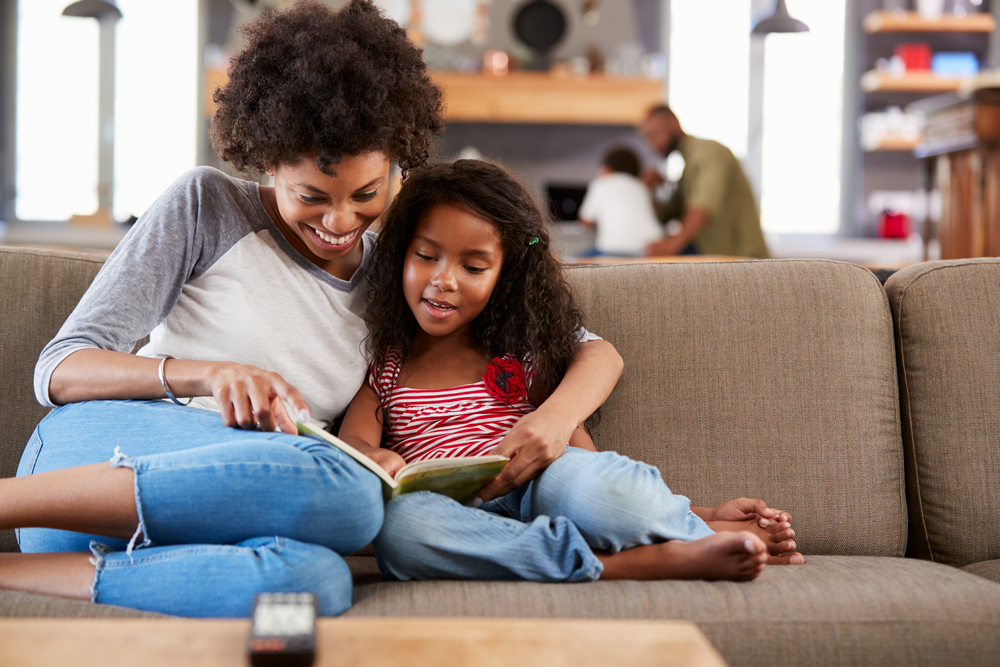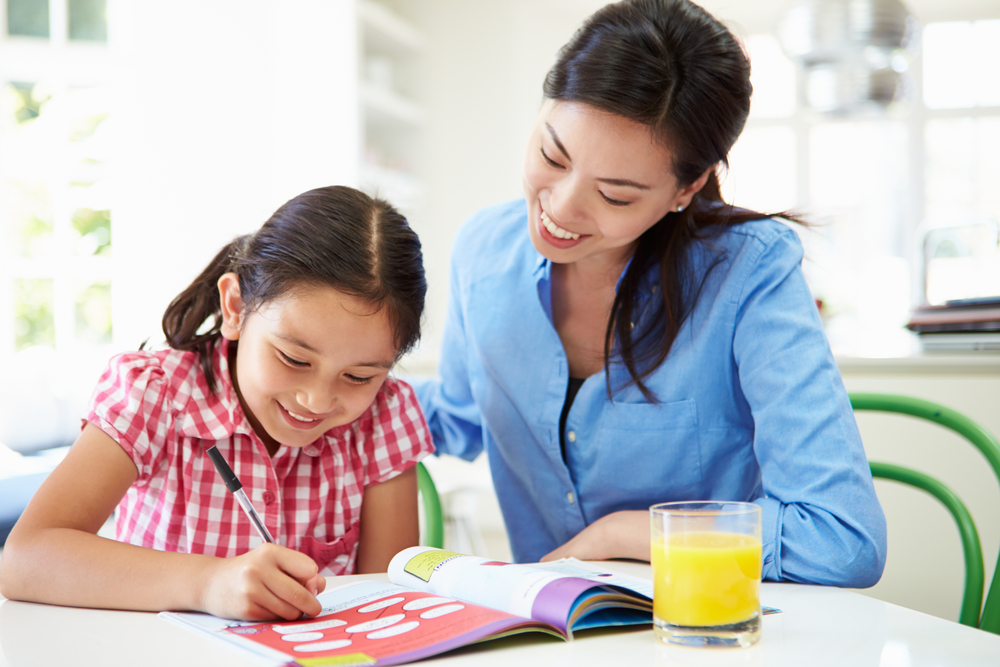
Some children might fall behind their peers in reading. Difficulties with specific skills or lessons can arise at any point. Parents may notice their child struggling, though, and become concerned. Often, parents don’t want their child to lag in meeting grade-level benchmarks.
When children are in second grade, they may be reading shorter chapter books. They’re also still memorizing a list of sight words. When a child is having trouble with reading, parents may wonder: “what can I do when my 2nd grader needs help reading?”
To gain proficiency and confidence, children can:
- Practice sight words with games and apps
- Re-read books
- Read out loud to children and ask questions
- Listen to stories via audiobooks
- Play reading games
- Use graphic organizers for stories
- Use a reading app
I Need to Know How to Help My Second Grader Read!
When parents are screaming in their minds: “I need to know how to help my second grader read!”, they might need to take a step back and analyze their child’s needs to best provide help.
Parents might want to zero in on their child’s particular reading struggle. Some children can read fluently but might have difficulty talking about the story or retelling the story (comprehension). Other children struggle to decode, while others struggle with fluency and comprehension.
Graphic organizers, for example, can be a great tool for children who struggle with comprehension. These worksheets include spaces for children to write down details of a story. Some graphic organizers may focus on plot, others focus on character comparisons. Parents can find graphic organizers for different literary concepts.

Habits and Tips for Helping a 2nd Grader with Reading
Parents who want to help their child meet grade-level reading benchmarks and build up their reading confidence can use many different resources. However, even encouraging their child to embrace certain reading habits also could help.
Practice Sight Words with Games or Apps
Second graders will need to memorize a list of sight words as part of their reading curriculum. Children need to be able to recognize these words immediately. Some children easily master these lists, but other children might need to regularly practice their sight words to ensure proficiency.
- Flash Cards
Parents can make flash cards for each sight word and practice the words with their child daily. Be sure to shuffle the cards to ensure that children aren’t just memorizing the words in order.
- Sight Word Match
A sight word match game also is a fun way for children to learn these words. Make two cards of each word and mix them up face down. Take turns picking cards. The person with the most matches wins. When children flip over each card, parents should make sure they say the word.
- Sight Word Apps
Both Google Play and the App Store offer many apps for sight word games. Many of these apps are free! Games could include flash cards or other activities. For children who love technology, these apps can be a great way to practice sight words.

Re-Read Books
Re-reading books is a great way to gain proficiency. The more a child reads and practices, the more confident they might become at this skill. Re-reading stories also helps children find details they might have missed. In addition, parents can teach children to re-read paragraphs that they don’t understand. Re-reading helps build comprehension skills. Even adults re-read!
Read Out Loud to Children
In second grade, children still love story time. While it’s important for children to read independently, parents also can still read aloud to their child. This is a great bonding activity, and it also allows parents to guide reading, too. While reading aloud to children, talk about the book and ask them questions.
Listen to Stories
Sometimes parents don’t always have the time to read aloud. However, with audiobooks, children can listen to their favorite story narrated. Listening to a story as they follow along in a book can help children identify emotion, understand a particular word emphasis and perhaps pick up on details that they might have missed in the text.
Some children are auditory learners, and hearing a book while reading could be a great learning tool.
Play Reading Games
Reading doesn’t always involve bound books. There are many ways to build reading skills, teach sounds and learn more about words. Playing games can be a fun way to teach children about sounds, help them identify sight words and even work on comprehension.
- The Continuous Story Game
As a family, play a story game. Grab a ball to use as a ‘game piece.’ Just make sure the ball is soft, because the family will be tossing it around. One person holds the ball and begins the story then they toss the ball to another family member who needs to continue the story. The person who fails to add to the story is out.
This game teaches children about creativity, and it also can help children understand the parts of a story, too. Scholastic explains that ‘on-the-fly storytelling’ also can help parents connect with children.
- Sight Word Hopscotch
Create a hopscotch board with sight words. Play hopscotch by the normal rules, but have children say the sight word when they land on the space. A similar game also can be played with a Twister board.
- Reading Races
To help children with fluency, parents can hold reading races. Have them read a paragraph and time them. The goal is to read the paragraph fluently without errors. This is a fun way to practice and gain confidence. Encourage children if they stumble and praise them when they beat their best time.
Use Graphic Organizers
Graphic organizers can be used to help children with literary concepts. Parents can print out different graphic organizers online, or parents can also teachers if they have any graphic organizer worksheets. Graphic organizers can focus on characters, plot, etc. Children will write details in their organizer as they read or after they read.
Write a Book
Reading Rockets recommends writing a book for second graders to work on reading. Writing a story helps children create characters and understand the beginning, middle and end of a book or story. Creating their own story also encourages children to use their imagination in creating a plot.
Use a Reading Program
When a second grader is struggling with reading, parents also can use lesson-based reading programs to help them gain confidence and proficiency. Readability can be used for children in preschool through fifth grade.
Stories via Readability are read aloud, and the program includes a built-in AI tutor that recognizes a child’s voice. When a child struggles with a word, the tutor will provide help. The tutor also asks questions at the end of each story to test a child’s understanding.
If a child misses a question, though, the tutor will show the child a passage from the story that provides clues; the tutor also reads the passage. The child will then have the opportunity to answer the question again. Readability encourages and reinforces that it’s ok to re-read to gain understanding.
In addition, children also can listen to their favorite Readability stories through a program feature called Storytime. If parents don’t have the time to read aloud to their child, Readability can read to them!
Parents also can follow their child’s reading progress through a portal called the Progress Dashboard. This portal displays the child’s reading data, including their reading fluency (measured in words read per minute), comprehension, the time the child used Readability and more.
Parents can explore Readability with their child by signing up for a free seven-day trial. During this time, children will have access to all the features and stories. When parents are looking for resources to help their second grader with reading, a reading program like Readability could help their child gain confidence and reading proficiency. Sign up for a free trial today!

 Español
Español